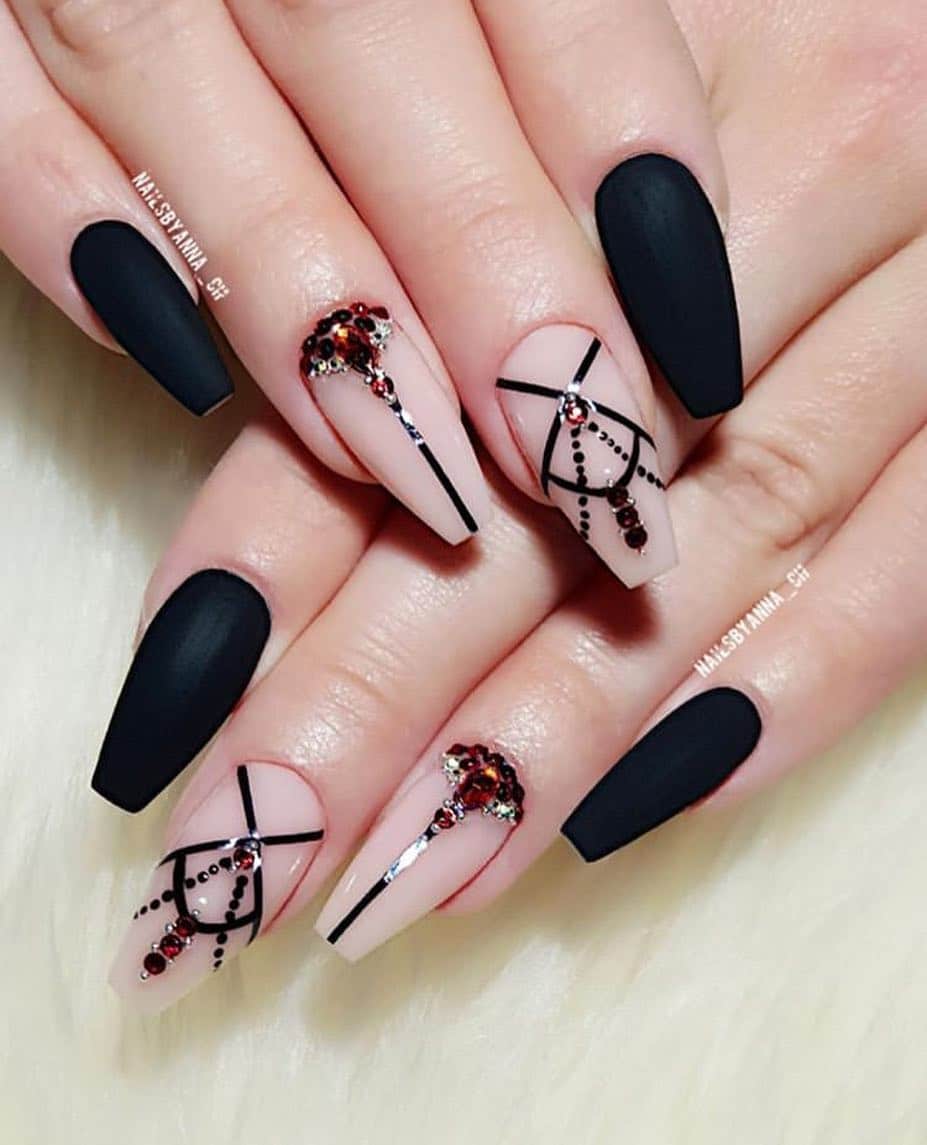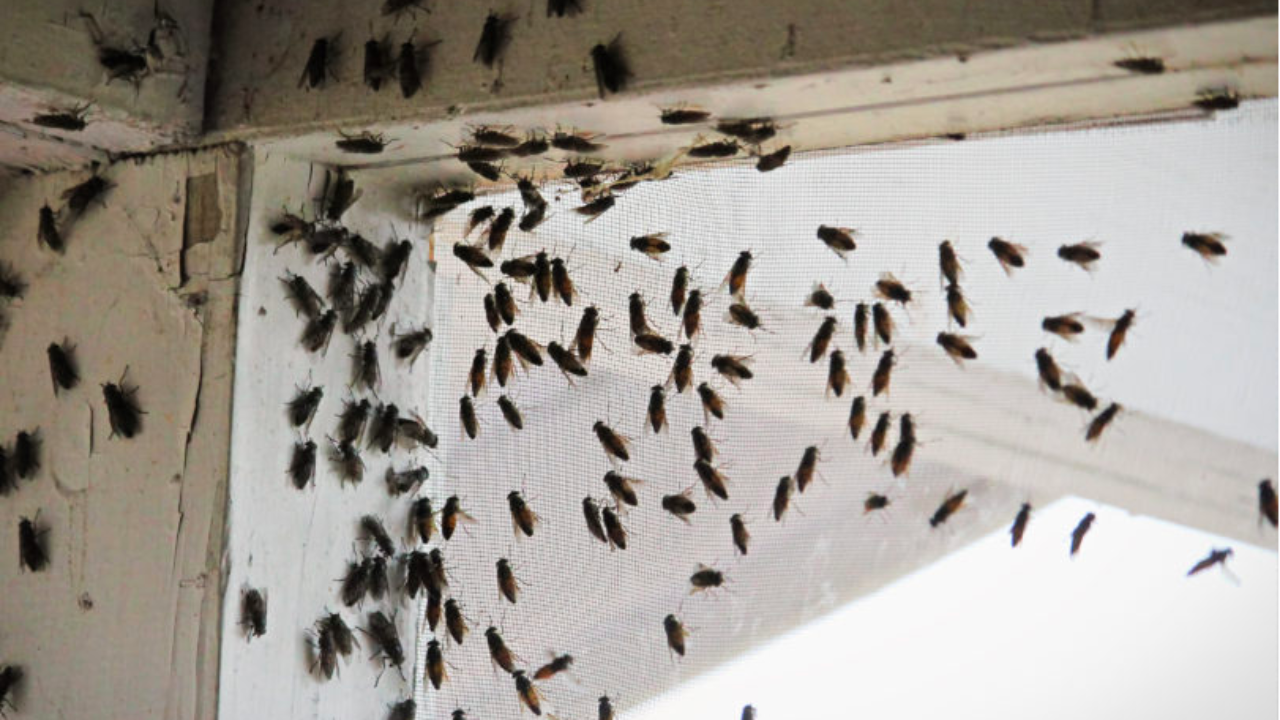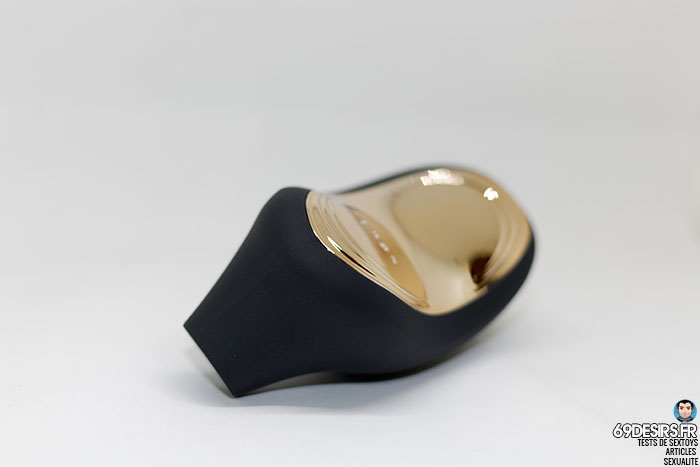Table Of Content
The split plot CRD design (Fig. 2a) is commonly used as the basis for a repeated measures design, which is a type of time course design. The most basic time course includes time as one of the factors in a two-factor design. In a completely randomized time course experiment, different mice are used at each of the measurement times t1, t2 and t3 after initial treatment (Fig. 3a). If the same mouse is used at each time and the mice are assigned at random to the levels of a (time-invariant) factor, the design becomes a repeated measures design (Fig. 3b) because the measurements are nested within mouse.
Top Plans By State
Next, the three dosage strengths are randomly assigned to split-plots. Finally, for each dosage strength, the capsules are created with different wall thicknesses, which is the split-split factor and then tested in random order. A split-plot design is a designed experiment that includes at least one hard-to-change factor that is difficult to completely randomize because of time or cost constraints.
2 Properties of Split-Plot Designs
You're going to use design of experiments to study 2 fertilizers and 4 seed varieties to see which combination provides the best crop yield. Using traditional design of experiments methods, you would randomly assign each fertilizer and seed combination to a different plot of land, eight plots in all. Each whole plot contains two subplots and fertilizer type is assigned to each subplot using RCBD (i.e. whole plots are treated as blocks and fertilizer type is assigned randomly within each whole plot to the subplots).
Book traversal links for 14.3 - The Split-Plot Designs

Figure 2 illustrates split plot designs in a biological context. If we only consider fertilization scheme, we do a completely randomized designhere, with plots as experimental units. The first part of model formula(7.1) is actually the corresponding model equation ofthe corresponding one-way ANOVA. Suppose that we wish to determine the in vivo effect of a drug on gene expression in two tissues. The mouse is the whole plot experimental unit and the drug is the whole plot factor. The tissue is the subplot factor and each mouse acts as a block for the tissue subplot factor; this is the RCBD component (Fig. 2a).
Plan 70576
The brownie example includes 2 whole plots replicated twice (total of 4 whole plots). The whole plot is all the trays of brownies being baked at the temperature. Thus, the ingredients act as the “whole” plot factors and other factors like temperature and baking time are used as the “split” plot factors. A split-plot design leads to an increase in precision in the estimates for all factor effects except for the whole-plot main effects. Split-level house plans can also incorporate multiple decks and balconies on the different floors.
Response of woody vegetation to bush thinning on freehold farmlands in north-central Namibia Scientific Reports - Nature.com
Response of woody vegetation to bush thinning on freehold farmlands in north-central Namibia Scientific Reports.
Posted: Fri, 06 Jan 2023 08:00:00 GMT [source]
Applying blocking at the whole plot level, such as housing (Fig. 2b), can improve sensitivity for the whole plot factor similarly to using a RCBD. So far, we have not considered whether managing levels of irrigation and fertilizer require the same effort. If varying irrigation on a small scale is difficult, it makes more sense to irrigate larger areas of land than in Figure 1a and then vary the fertilizer accordingly to maintain a balanced design. If our land is divided into four fields (whole plots), each of which can be split into two subplots (Fig. 1c), we would assign irrigation to whole plots using CRD. Within a whole plot, fertilizer would be distributed across subplots using RCBD, randomly and balanced within whole plots with a given irrigation level.
Interactive effects of long-term management of crop residue and phosphorus fertilization on wheat productivity and soil ... - Nature.com
Interactive effects of long-term management of crop residue and phosphorus fertilization on wheat productivity and soil ....
Posted: Tue, 16 Jan 2024 08:00:00 GMT [source]
Now suppose varying the level of irrigation is difficult on a small scale and it makes more sense to apply irrigation levels to larger areas of land. To analyze the treatment effects we first follow the approach discussed in the book. Table 14.17 shows the expected mean squares used to construct test statistics for the case where replicates or blocks are random and whole plot treatments and split-plot treatments are fixed factors. Here, we can not simply randomize the 36 runs in a single block (or replicate) because we have our first hard to change factor, named Technician.
The answer involves whether we are interested in specific levels of the factor or are using it for blocking purposes. In Figure 1b, the field is a blocking factor because it is used to control the variability of the plots, not as a systematic effect. In Figure 1c, irrigation is a whole plot factor and not a blocking factor because we are studying the specific levels of irrigation.
The whole-plot error,acting on plots, can easily be incorporated with (1 | plot). The split-ploterror, acting on the subplot level, is automatically included, as it is on thelevel of individual observations. Hence, an experimental unit for fertilizer is given by a plot ofland, while for strawberry variety, the experimental unit is given by asubplot. Split-plot designs are used when the levels of some treatment factors are more difficult to change during the experiment than those of others. Instead, the experimentation can be modified as follows to reduce effort and time.
Suppose there are \(a\ell\) whole plots where \(a\) is the number of levels of factor \(A\). Please note that test for equal effects for \(A\) requires the whole plot error as the denominator. The model is specified as we did earlier for the split-plot in RCBD, retaining only the interactions involving replication where they form denominators for \(F\)-tests for factor effects. For the model above, we would need to include the block, block × A, and block × A × B terms in the random statement in SAS. In SAS, Block × A × B would automatically include the Block × B effect SS and df.
Again, there is no free lunch,this is the price that we pay for the “laziness.” More information can forexample be found in Goos, Langhans, and Vandebroek (2006). A wood manufacturer wants to find the optimal mix of wood type and temperature to produce the most durable wood. Since the type of wood can take a long time to acquire, they may apply three different temperatures to two different wood types. In this particular example, it’s not possible to apply different irrigation methods to areas smaller than one field, but it is possible to apply different fertilizers to small areas. This type of design was developed in 1925 by mathematician Ronald Fisher for use in agricultural experiments. Split level homes offer living space on multiple levels separated by short flights of stairs up or down.
To show how the analysis can be done for a split-plot design, we consider the case of equal sample sizes and randomized complete block designs for each of the treatment factors. There are then \(s\) blocks, each of which is divided into \(a\) whole plots, and each of these is subdivided into \(b\) split plots, giving a total of \(s a b\) observations. In a split-plot design with Factor A assigned to whole plots and Factor B assigned to split-plots, it is possible that there are no blocks for factor 1.
Frequently you will find living and dining areas on the main level with bedrooms located on an upper level. In Figure 7.1we can observe that blocks are different (this is why we use them), there is noclear effect of variety (V), but there seems to be a more or less lineareffect of nitrogen (N). The last statement produces 99% simultaneous confidence intervals for treatment-versus-control comparisons using Dunnett’s method. Compare the results with those provided in Sec 19.3 where step-by-step construction of the confidence intervals were shown. Blocks are quite often used in a split-plot design as illustrated by the following example. Statology is a site that makes learning statistics easy by explaining topics in simple and straightforward ways.























